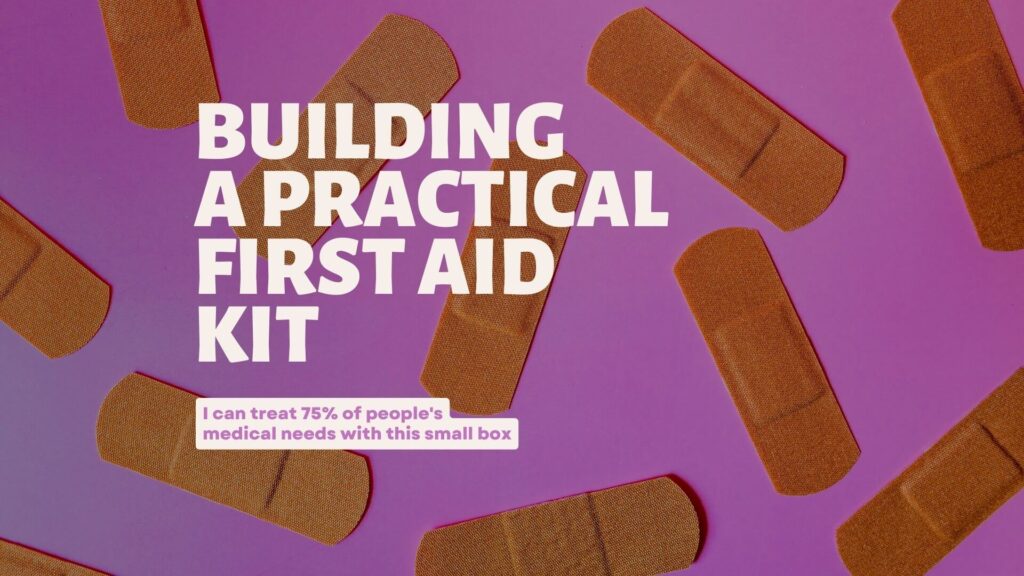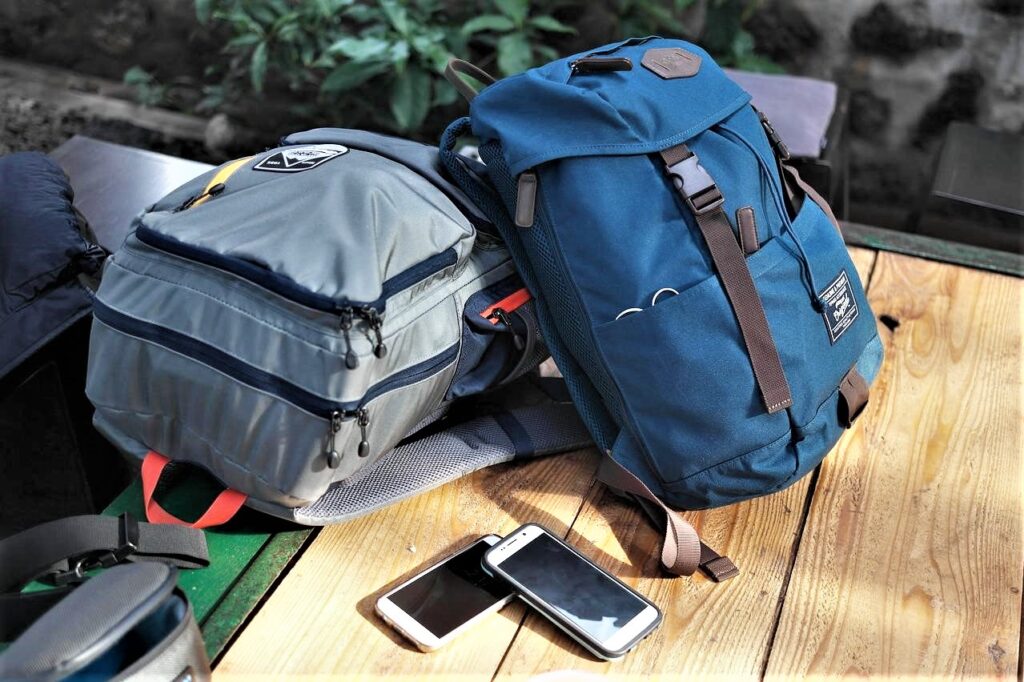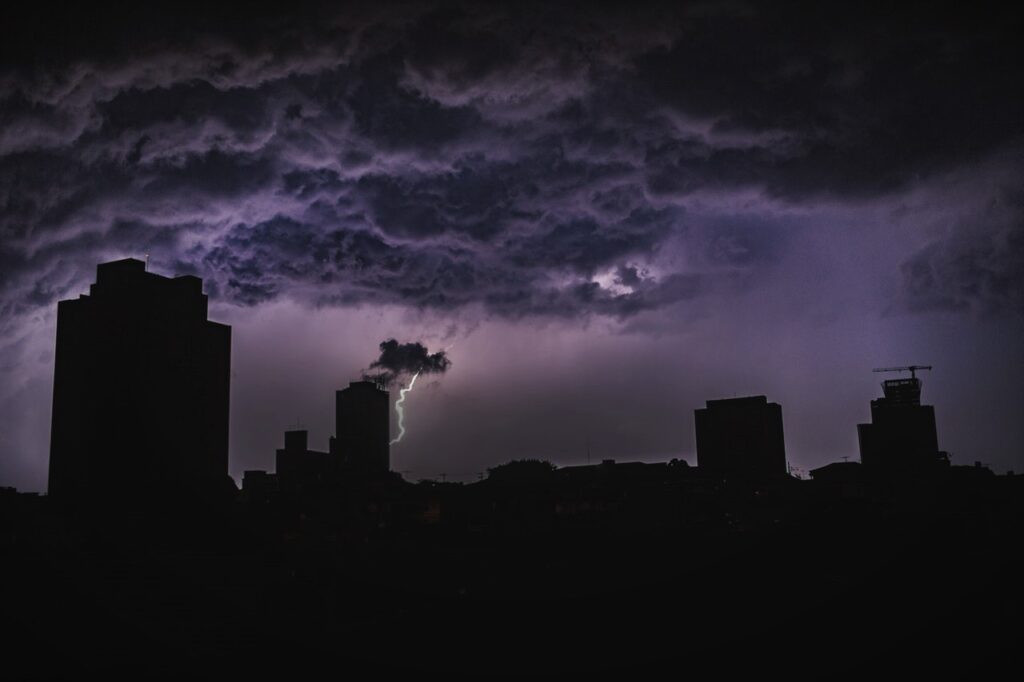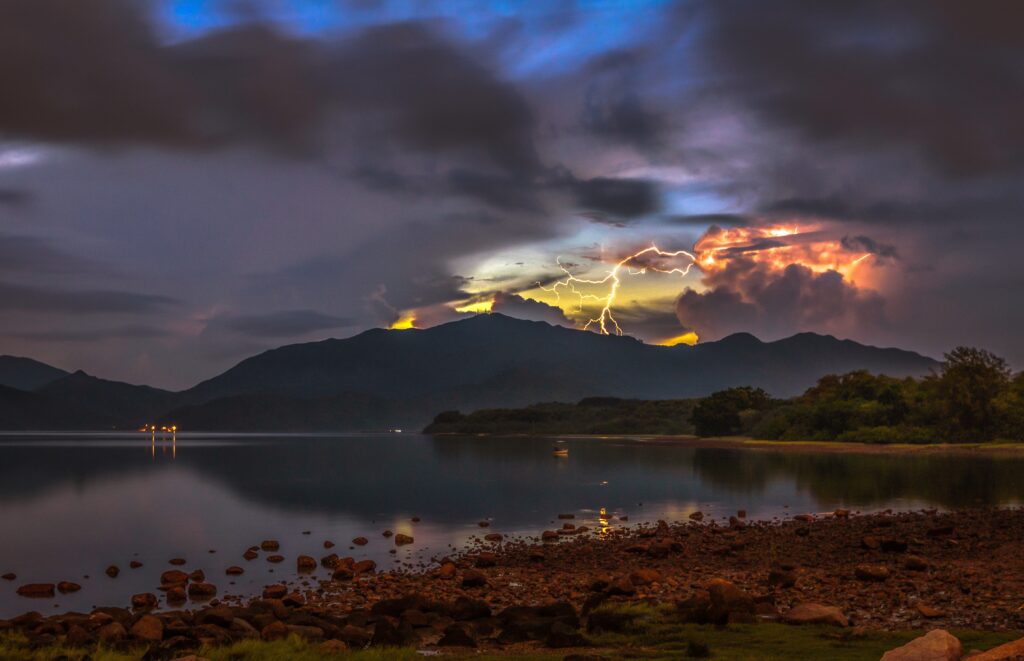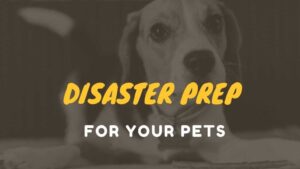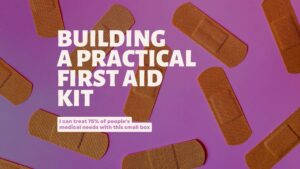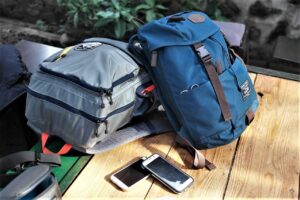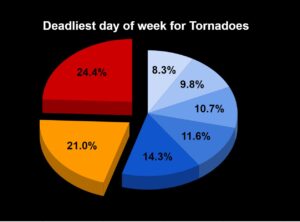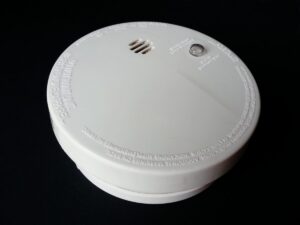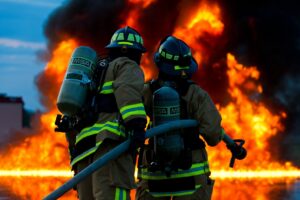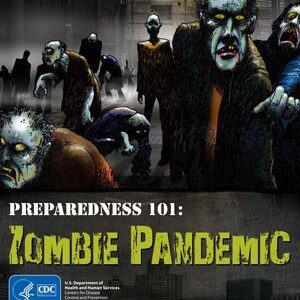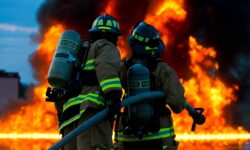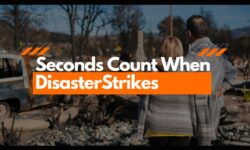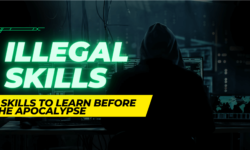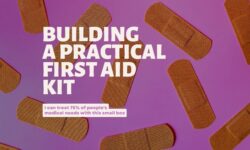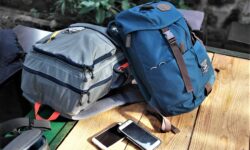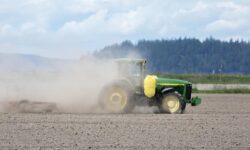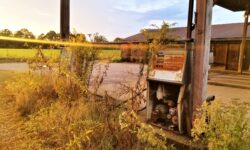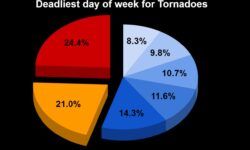Disaster Prep
Where to Begin
-Store 3 gallons of water per person
-Have 3 days of ready to eat food and a way to prepare it.
-Make a first aid kit
-Pack a go bag
-Have a plan for power outages
If you’re just starting out, we recommend checking out our articles on preparing for severe weather and power outages. Most of the other articles here will build on the basics mentioned in them.
Once you have the basics covered, it’s much simpler to develop a plan specific to your needs.
Disaster Preparedness
Level 1
Being prepared means different things to different people. Preparation isn’t about living in fear, it’s knowing that the unexpected can happen and having a plan for when it does.
Disaster Preparedness
Level 2
Level two disaster preparation is for anyone who’s ready to take their planning up a step. You already have your basic first aid kit, go bag, and a couple weeks of food.
While level 2 events are less likely than some of your day-to-day threats, like storms, they’re still likely to affect you and your family at some point.
Disaster Preparedness
Level 3
This section is for the doomsday preppers. While less likely, these world altering events call for the most extreme preparation.
If you have or dream of nuclear bunkers and storing up five years of food you’ll feel right at home with these articles.
Why should I prepare?
Preparation leads to resiliency. With a more resilient population what little resources are available can be utilized more effectively.
It also gives you peace of mind. You don’t have to be the one out shopping for bread at the last minute.
Why not just wait for help?
When disaster strikes resources are overwhelmed. In a large event, the government wants you to be able to take care of yourself, especially the first few days.
It takes time to clear roads, restore utilities, and get the logistics chain moving.
All of our disaster prep posts in chorological order
How To Get Help When 9-1-1 Is Down
Millions of people were unable to call 911 last night...
Read MoreDoes a Solar Eclipse Really Warrant a State of Emergency?
Multiple counties or states have declared a state of emergency...
Read MoreThe Coming Digital Apocalypse?
The rapid advancement of technology has dramatically improved our lives,...
Read MoreDisaster Survival: Do These 3 Things Within 60 Seconds
In the aftermath of a disaster, every second counts. Your...
Read MoreCan We Shoot the Chinese Balloon Down?
There is a large Chinese balloon floating over the US....
Read MoreTC001 Best New Thermal Camera? Review for TOPDON TCView
What is the best thermal camera for your phone? I...
Read More5 Ways To Stop Overpaying For Healthcare
The cost of healthcare is ridiculous but there are some...
Read More7 Illegal Skills To Learn Before The Apocalypse
Today, we live in a world governed by local, state,...
Read MoreNurse Built Practical First Aid Kit Checklist
I have several first aid kits, but this is my...
Read MoreHow To Stay Cool During A Heatwave With Possible Power Outages
Temperatures are soaring. Record-breaking heat is forecast across the country,...
Read MoreInterviewing a Farmer on the Latest about Food Shortages & Inflation
Supply chain issues, empty shelves, and food shortages/disruptions have been...
Read MoreWarning Signs Emerge of Possible Food Shortages And More Inflation
Recent articles and projections are warning of a food shortage,...
Read MoreHow to Prepare for a Food Shortage According to WW2 Posters
The effects of World War II were felt by everyone....
Read MoreStrong Geomagnetic Storm Forecast. What Does That Even Mean?
The Space Weather Prediction Center has issued a G3 (STRONG)...
Read MoreFlood Preparation: 15 Things You Need to do Beforehand
Flooding is perhaps one of the cruelest disasters. When a...
Read MoreHow to Save Money in 2022
This article was written March 15 2022 Energy issues Record-breaking...
Read MoreMore People Die on Wednesday from Tornadoes Than Any Other Day
Your chance of dying should be 1 in 7 right?...
Read MoreHow to Shelter in Place During a Nuclear Event
Finding an appropriate shelter quickly after a nuclear event is...
Read MoreStories of Heroic Bravery from the Frontlines of Ukraine
Rising from the trials and flames of an unprovoked Russian...
Read MoreUkraine Invasion: 9 Steps Everyone Should Take Now
Russia has invaded Ukraine after weeks of warning by other...
Read MoreHow to sleep in your car overnight
Sleeping in your car can be strategic, economic, or just...
Read MoreNurses are walking out. Is the healthcare system okay?
The healthcare heroes of 2020 are coming together. In less...
Read More
